Linkou, now the fastest-growing suburban district in the greater Taipei area, was once home to more than 30 brick factories, the highest concentration in northern Taiwan. Shèngtài Brick Kiln (勝泰磚窯), at the far northern extent of the Linkou Plateau, is one of the last remnants of this once-flourishing brick-making industry. Numerous ruins can be found across the sprawling site but the most impressive is a Hoffmann kiln, easily identified by its broken chimney. Hoffmann kiln technology was introduced to Taiwan during the Japanese colonial era but this particular kiln only dates back to the mid-1960s, and it has now been abandoned for many decades.
Shengtai Brick Factory Co., Ltd. (勝泰磚廠股份有限公司) was registered in 1965 and remained in operation until 1983 when the introduction of modern, mechanized brick manufacturing made traditional Hoffmann kilns obsolete1. This timespan roughly corresponds to the peak of the brick industry on the plateau, after which brick production moved downslope to dozens of facilities in rugged valleys further south in neighbouring Guishan. Since then it doesn’t appear as if the site has been used for much apart from community gardening, although a blue delivery truck whizzing around the bend in one of these photos indicates sustained activity in the backroads beyond.
Apart from making bricks and cultivating tea2, Linkou was also home to an American military base in the post-war period, Shu Lin Kou Air Station3. Former personnel have made numerous photos and videos available online, opening an uncommon window into everyday life in rural Taiwan around when this brick factory was in operation. For a taste of how things might have looked in those days have a look at this 8 mm video shot in 1955; it shows an older “ladder” or “eye” style of brick kiln.
This is not the only remaining brick kiln in Linkou. Another one exists along Jiālín Road (佳林路), much closer to the commercial center of the district. Unfortunately this other kiln is in poor condition and appears to have collapsed, although the chimney still stands. Many more kilns remained on the Linkou Plateau as recently as 2010 but the rapid pace of urban development has caused this industrial legacy to vanish almost overnight.
What will come of this place? Several local blogs and news reports suggest the site could be transformed into a brick industry museum but this seems farfetched given the disinterest of the current landowner. This kiln is also in poor condition and located far from the center of town so it’s hard to imagine it becoming a heritage property and tourist attraction. The other kiln’s fate is likely sealed by its proximity to lucrative urban developments. See them while you still can.
- Hoffmann kilns are known to Taiwanese as Bāguà Kilns (八卦窯), from the Eight Trigrams of the I Ching (易經). This particular kiln is sometimes referred to simply as the Linkou Hoffmann Kiln (林口八卦窯) in the Taiwanese blogosphere. ↩
- It is worth noting why the Linkou Plateau was suitable for brick-making: its ruddy-red clay and laterite soils aren’t suitable for much else aside from tea cultivation. ↩
- Without going too far off track, Shu Lin Kou Air Station was constructed at the site of a Japanese airstrip hastily constructed in the last year of the war. It officially opened in 1955 and performed a vital role in intelligence gathering throughout the region until its closure in the late 1970s. This vintage web site provides an uncensored look at daily life on and off the base for US service personnel. A more general description is available here. ↩
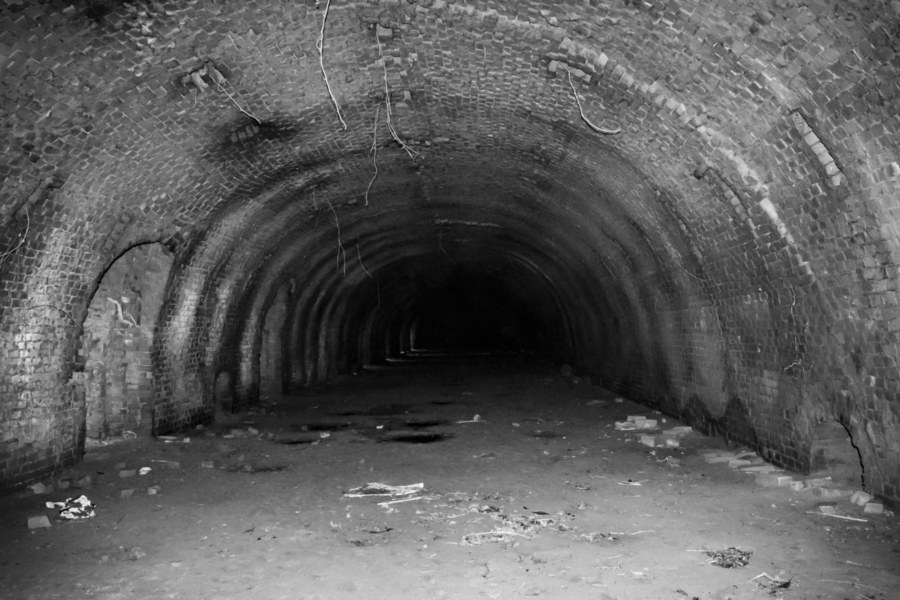
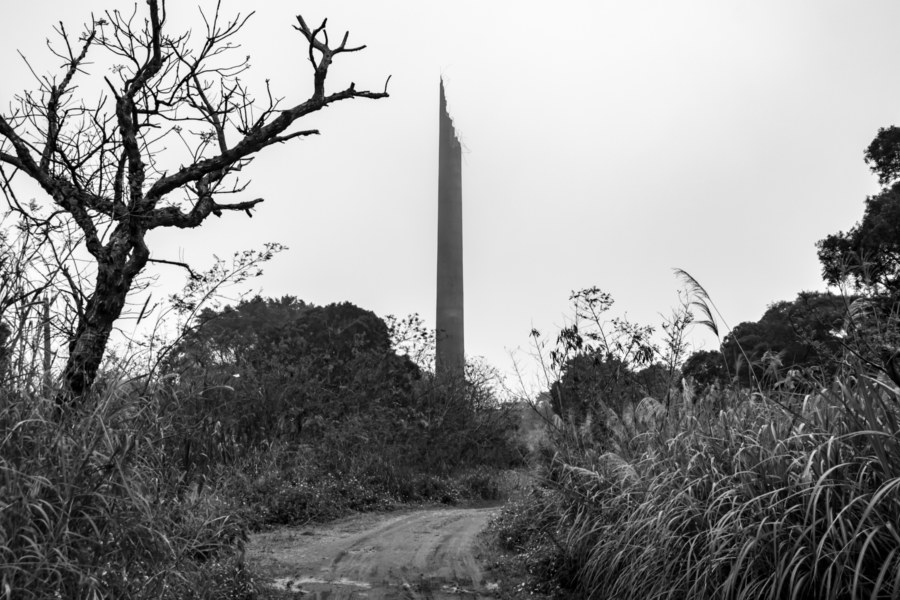
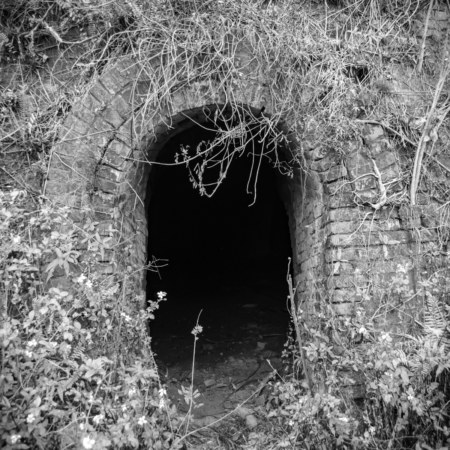
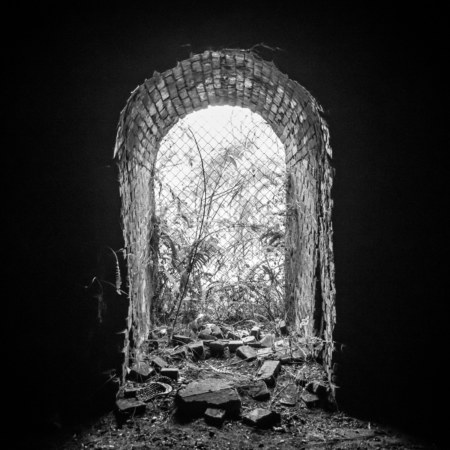
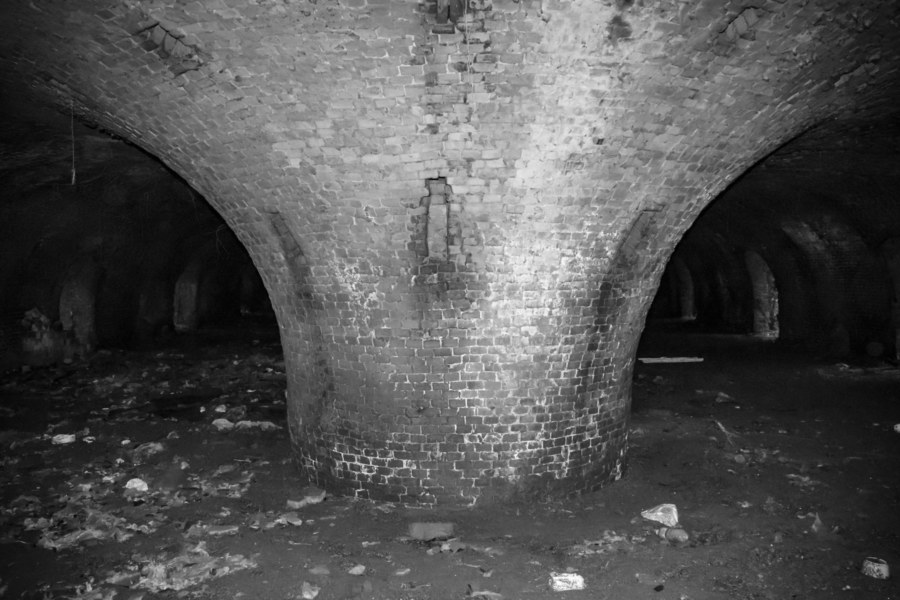
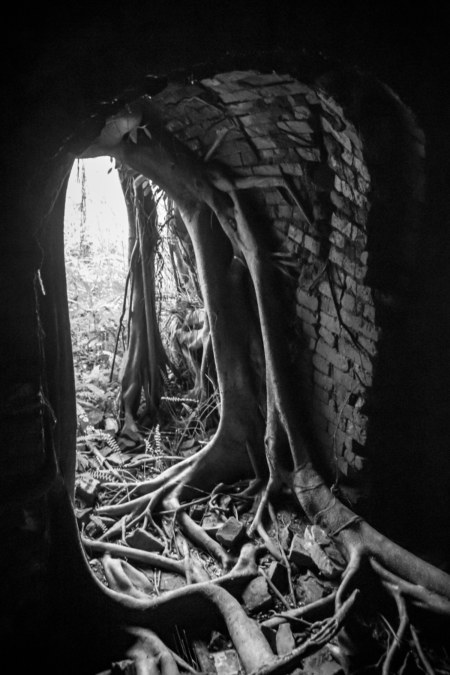
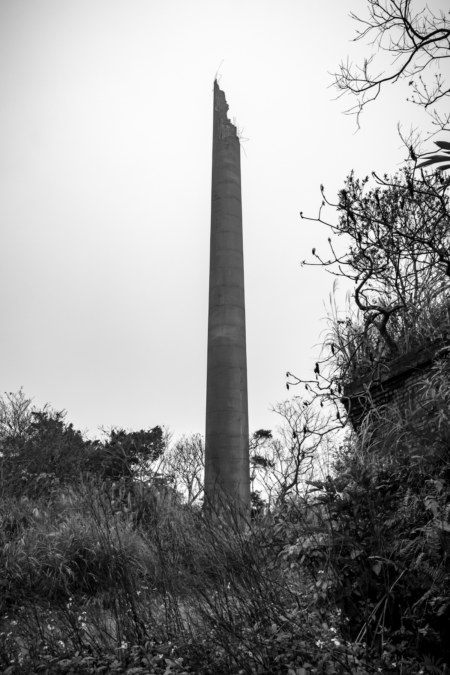
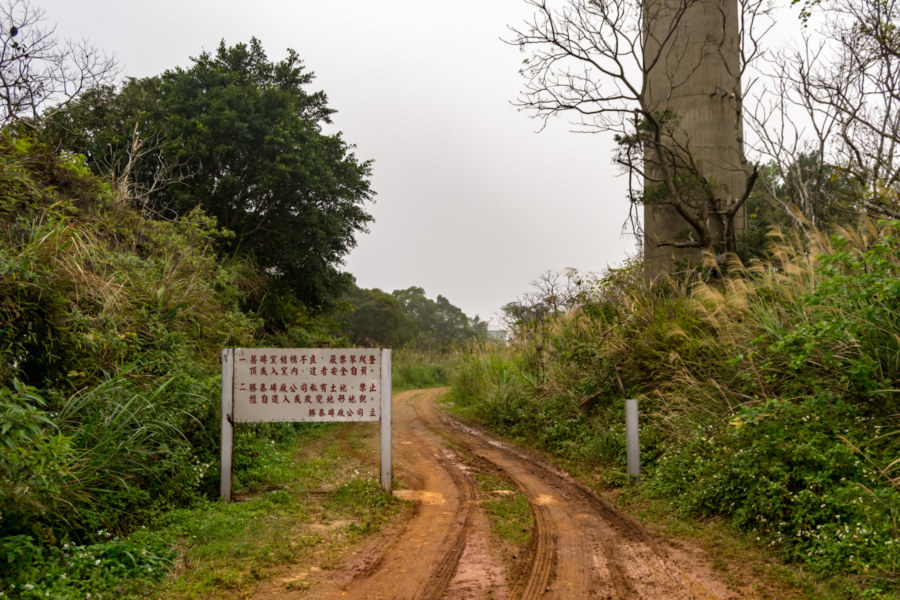
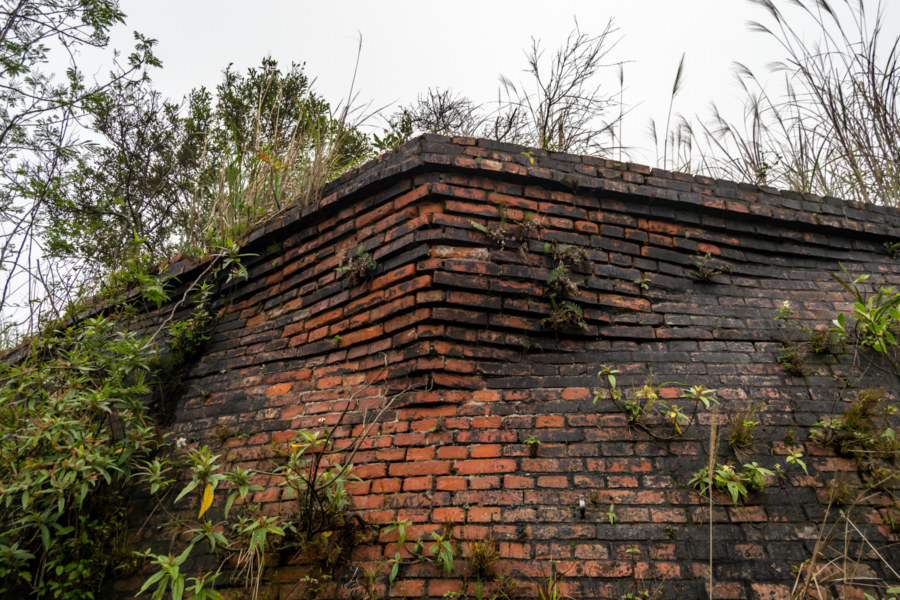
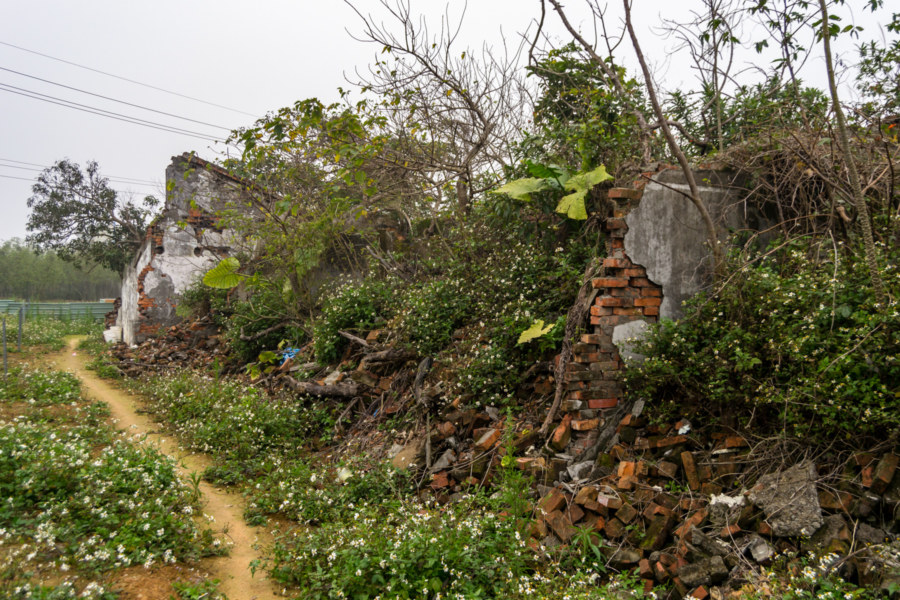
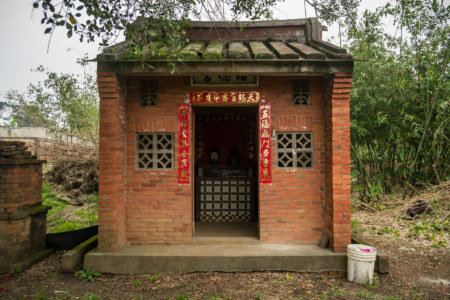
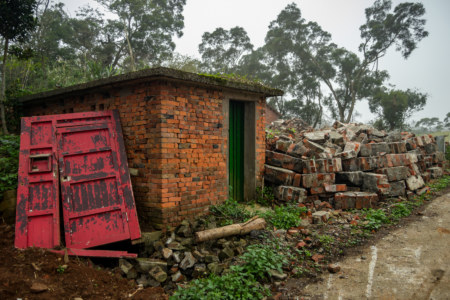
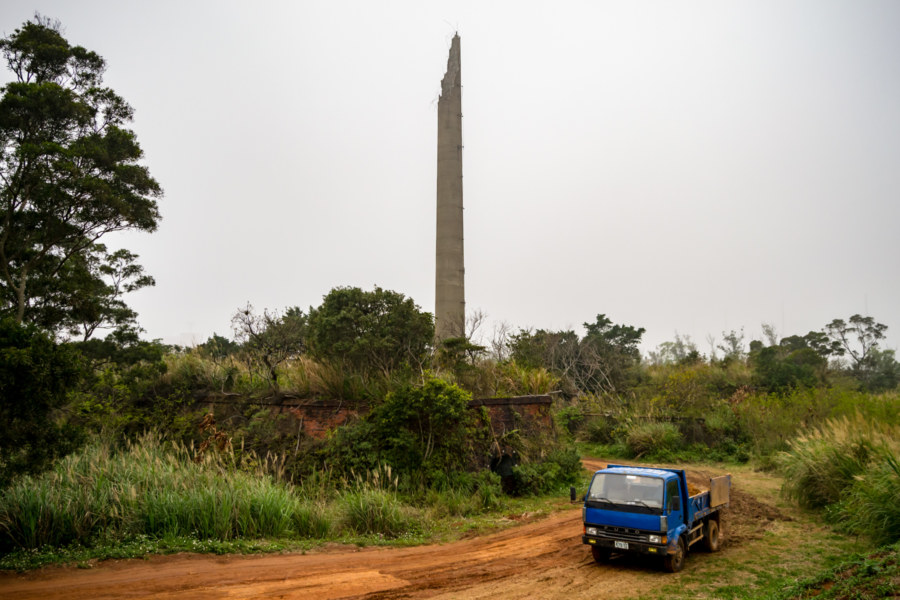
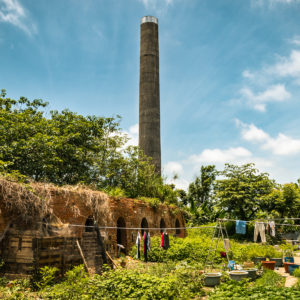
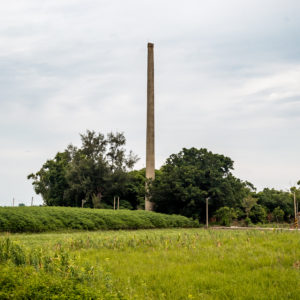
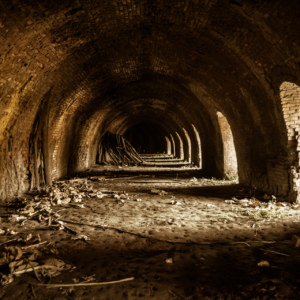
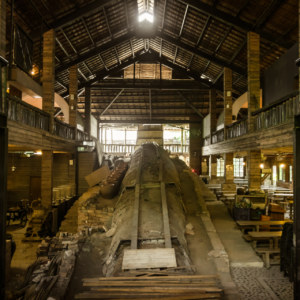
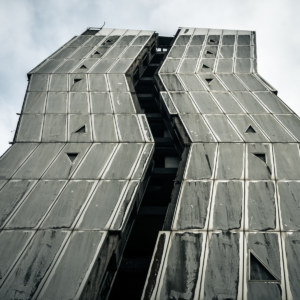
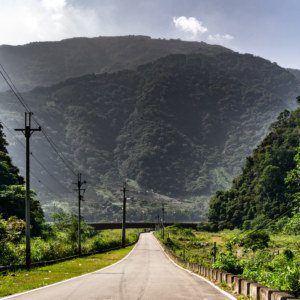
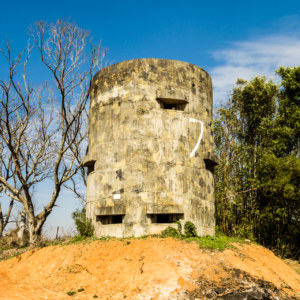
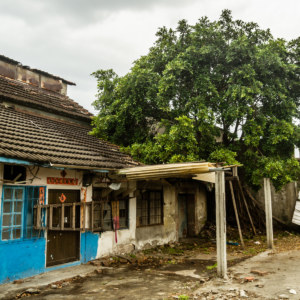
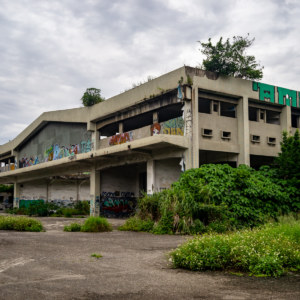
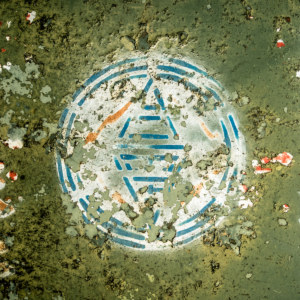
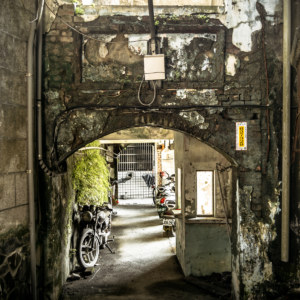
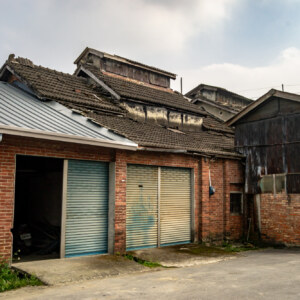
Write a Comment